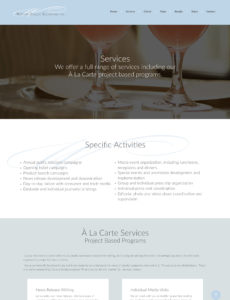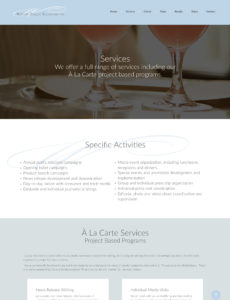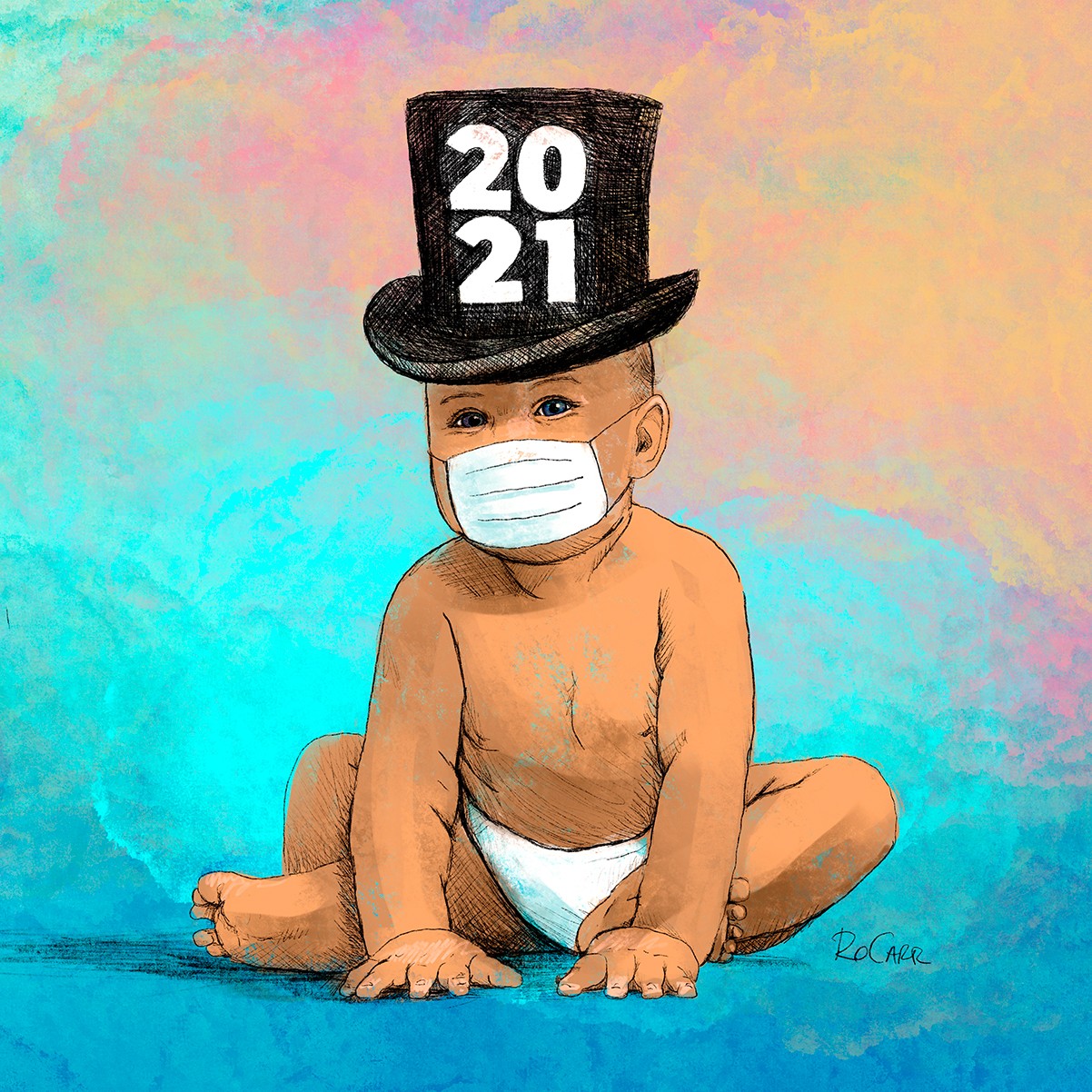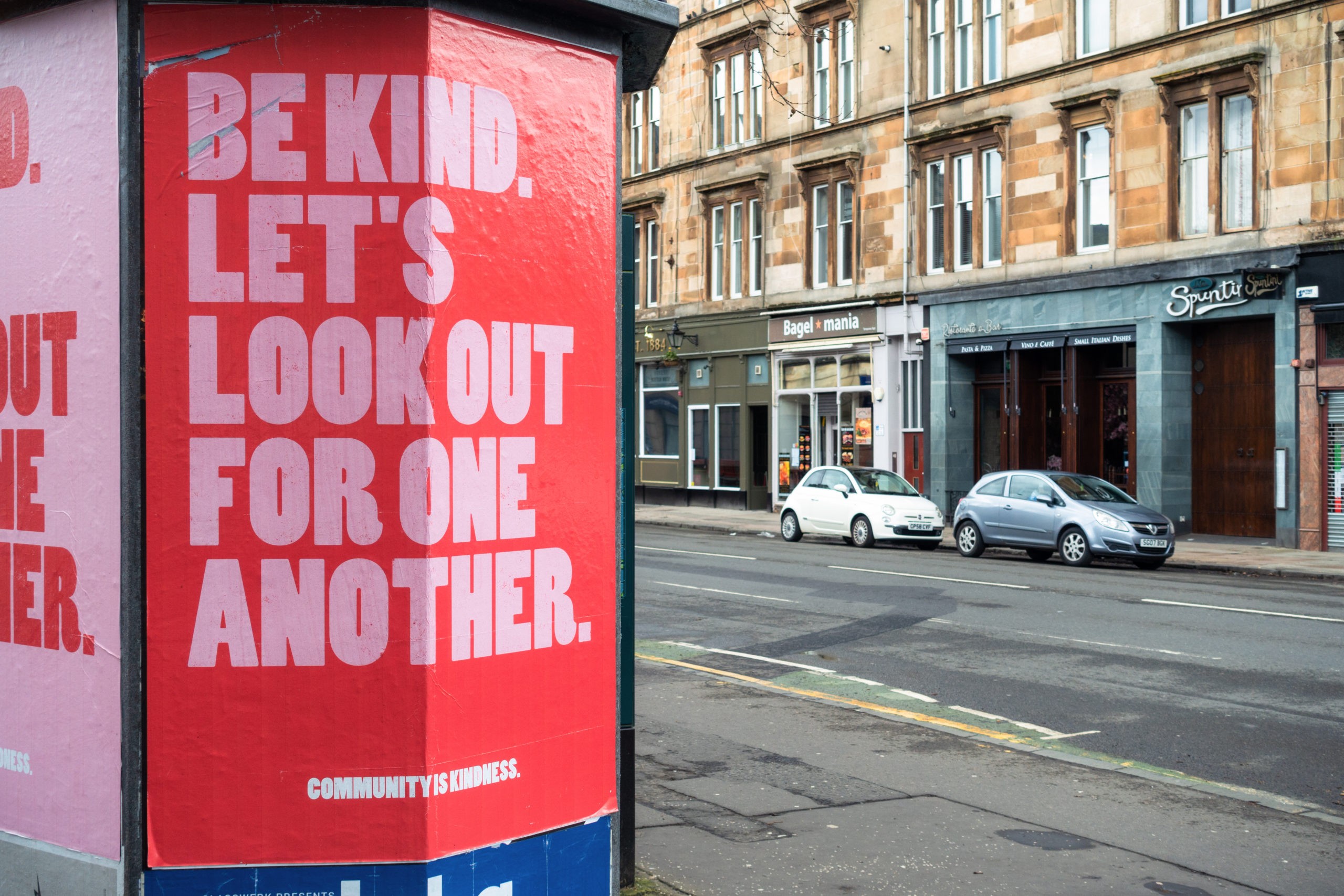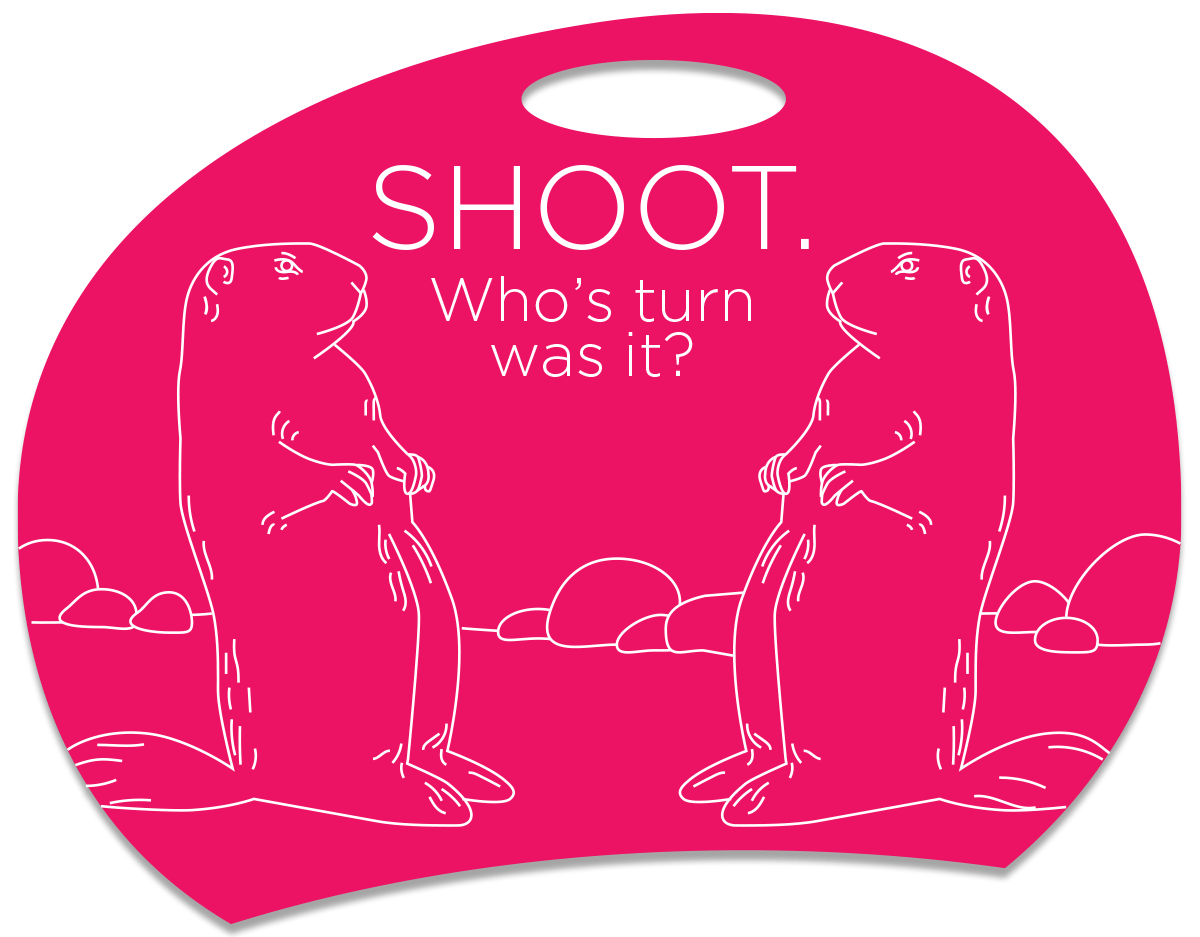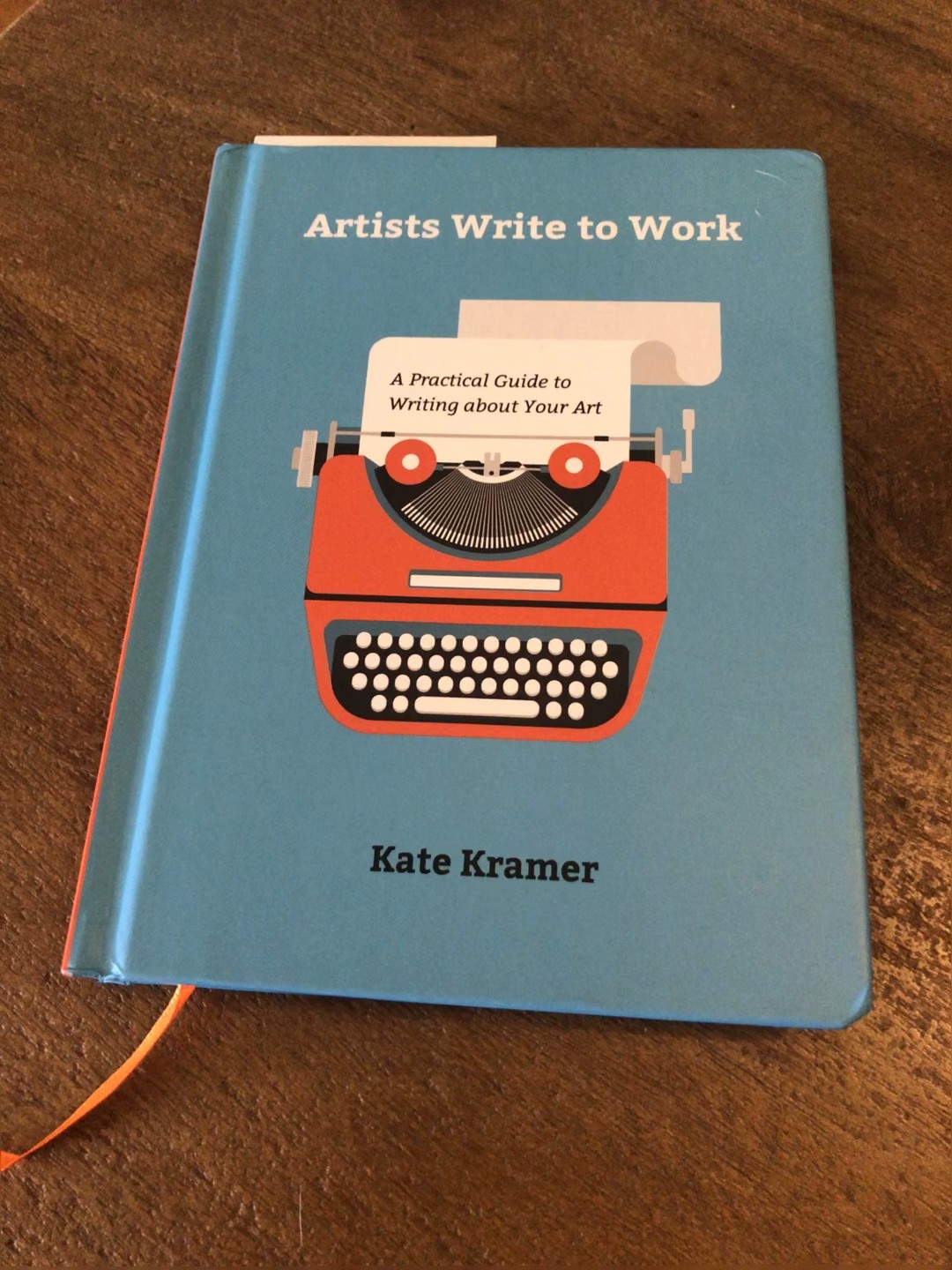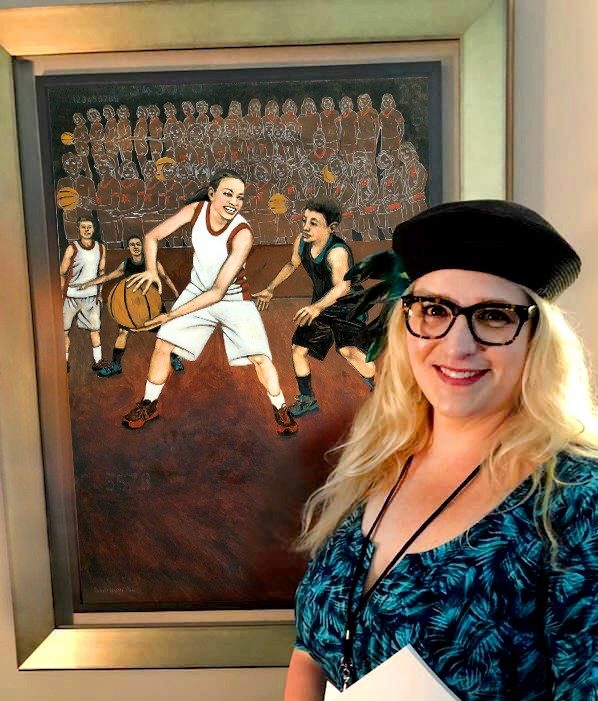With the sad news that iconic pop artist James Rosenquist passed this week, it got me thinking about the overlap of art and design, and how that has affected my work. Prior to Rosenquist and his contemporaries - Andy Warhol, Jasper Johns, Roy Lichtenstein and others of the era - the art created for advertising was very separate from the art sold in fine art galleries. Art was art, and illustration was illustration, and never the 'tween shall meet. Not so any longer though, thanks to these guys.
Pop art sprung from the culture of the 60s where we saw a ramping up of commercialization in all walks of life. Billboards, magazines, tabloids, television advertising, newspapers - it was everywhere. And it employed enormous numbers of illustrative artists. This work was amazing - incredibly adept artists whipping off iterations of ideas all day long to present to clients - well before the days that the Adobe corporation made this quick and easy. They were actually using pencils, paint and poster board, and working so fast it would make your head spin.
Well, for some of these artists, the creativity did not stop at pleasing the client. The work they did in advertising, and the fast moving commercial world around them spurred ideas that fed their fine art work.
Repetitive iterations of a single idea - look at Andy Warhol.
- Team
- Blog
Typography as art, look at Jasper Johns.
Printing process scaled up to grand size, look at Roy Lichtenstein.
Elevation of pop culture, take a look at James Rosenquist.
These guys moved the art of advertising into the fine art world. That had never been done before. They put every day items into their work - lipstick, soup cans, car fenders, even pop icons - and elevated those images into the fine art realm. They were revolutionary in their vision and got their fair share of criticism in their day. Well respected critics questioning "what is art" when Warhol shows up with a series based on the Campbell's soup can. Much in the same way they questioned the validity of Jackson Pollock's drip paintings. Some folks still question - but really this work is brilliant. Not just because they were the first to do it but because it spurred a movement. Experiencing their work made the world look at itself in a new way. We are still reeling from this vision today - and that's what makes art, Art.
My journey in design has benefitted from the pioneering of artists like these guys. I am a formally-trained fine artist, with a focus on painting. I've worked in many mediums, with both figurative and abstract subjects, and that background has fed my career as a designer/illustrator. My particular strength as a designer pulls from my strengths as a painter - color, form, line, composition, focal point, etc. Every logo formed, illustration drawn, layout envisioned, or website constructed, is led by the vision I've developed from my practice and study of fine art. I've naturally mixed this point of view into the constructs I use in my design career. Conversely, the fine art I create is influenced by the styles I've developed in my design career. The overlap happens without forethought and my work in both realms is enhanced because of it. I can't imagine how I'd separate the two or that I'd even want to try.
Being brought up in a world that already had the Pop Art movement, I never experienced a separation between these two worlds - not in the way it was pre-Pop Art anyway. Everything we experience in our daily lives is fair game in the art and design world. Life inspires art and vice versa. How can it ever have been an other way?





